130 Years of Tradition
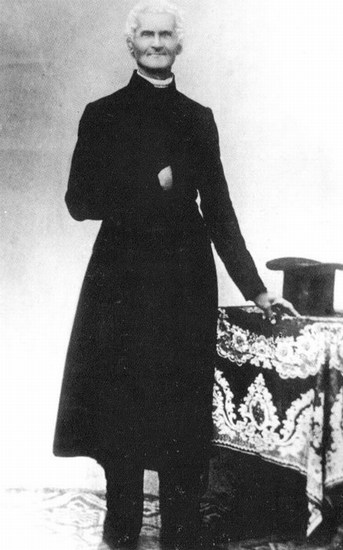
Our Story
130 Years of Tradition
Vine cultivation in the Vipava Valley dates back to Roman times. Pliny the Elder, the Roman writer, even mentioned the noble Vipava wine in his works. This is because a vital trade route from Italy to Pannonia once passed through the Vipava Valley.
In the Vipava region, grapevines were once cultivated as a secondary crop, planted in fields on the plains, alongside stakes, willows, mulberries, and other trees, as well as on the terraces of sloping hillsides.
In the Middle Ages, Morelli writes about the Gorizia County's decree to protect Vipava wines in Carinthia and other Austrian lands, preventing Italian wine from being sold under that name. The development of viticulture in Carniola in the 17th century was described by Janez Vajkard Valvasor in his book "The Glory of the Duchy of Carniola." However, the most thorough description of viticulture in the Vipava region in the mid-19th century was provided by the renowned Vipava native, priest Matija Vertovec, author of the first Slovenian book on viticulture – "Vinoreja za Slovence," published in 1844.
To farm more successfully and market their wines, the people of Vipava established the Vipava Wine Cooperative in 1894. By the First World War, they had planted their own vineyards, set up the cellar, and were selling their wine in Ljubljana, Kranj, Klagenfurt, Prague, and Moravia. Vipava was the center of viticultural development. The cellar operated continuously even between both World Wars. Throughout the Cooperative's rich history, estates connected and separated. In the whirlwind of economic changes, the company Agroind Vipava was formed in the late 1980s, transforming into a joint-stock company a decade later.
Since 2017, with winemaker Hannes Sabathi and the Blaschitz family taking the reins, a new chapter in this exciting wine story is being written, together with a strong Slovenian team of associates.

1894
1894: The First Cooperative
The year 1894 was pivotal for viticulture in the Vipava Valley, as local winegrowers then established the first wine cellar in Slovenia, registered as the Vipava Wine Cooperative. It was born from the shared desire of local winegrowers to cooperate, create, and present high-quality wines produced exclusively from the Vipava Valley.
The history of this cooperative is remarkably rich, as it survived two world wars and the Italian occupation. Throughout those turbulent times, the cooperative operated continuously.
In the 1960s, Vipava began restoring the vineyard plantations in the Biljenski Hills. These terraced plantations in the Biljenski Hills were for many years (alongside those in Črni Kal and Koper) the only larger vineyard complexes in Slovenia, still covering an impressive 240 hectares today.
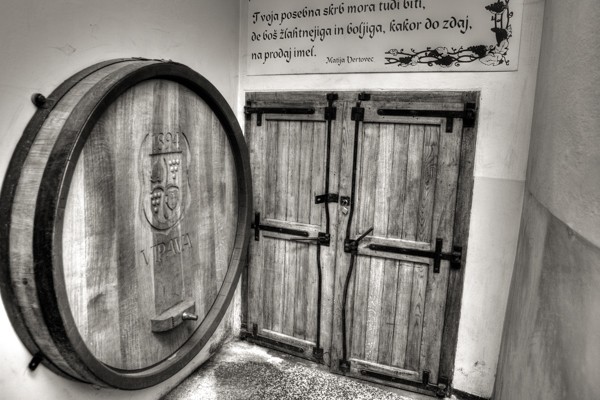
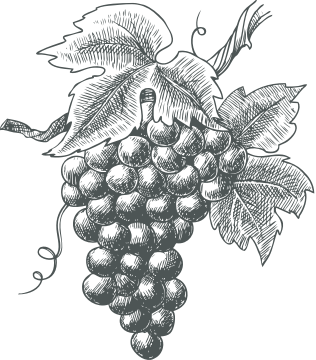
1974
New Building Constructed
The Vipava cellar significantly contributed to the development of viticulture in the Vipava Valley, continuously growing and overcoming the challenges of time. When it first began operating, the Vipava Wine Cooperative built a cellar with a capacity of 6,000 hl. Seventy years later, it was expanded to a capacity of 45,000 hl. The next major technological upgrade and capacity increase occurred in 1974, when, thanks to successful operations, the cellar gradually expanded to 200,000 hl.
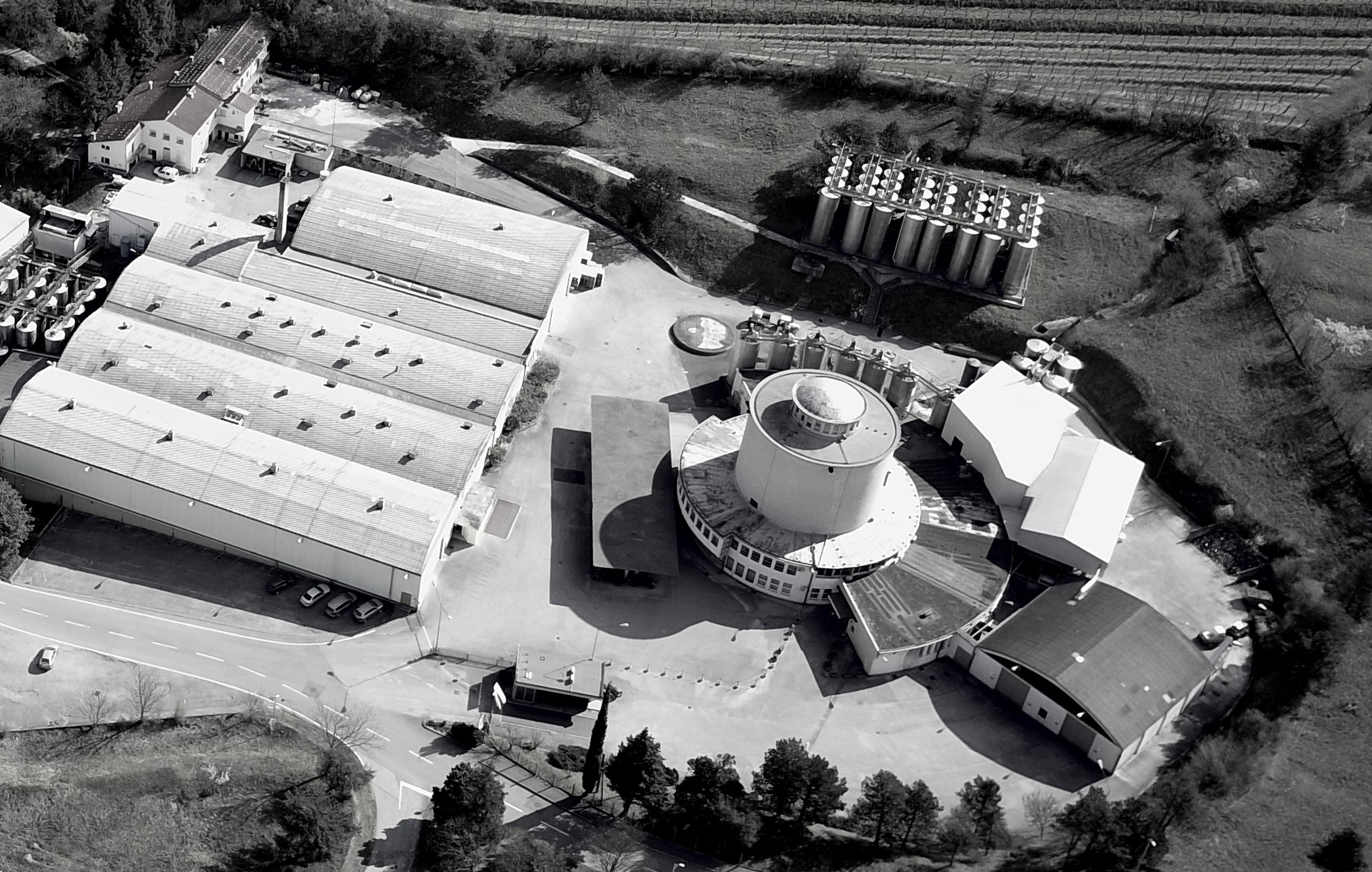
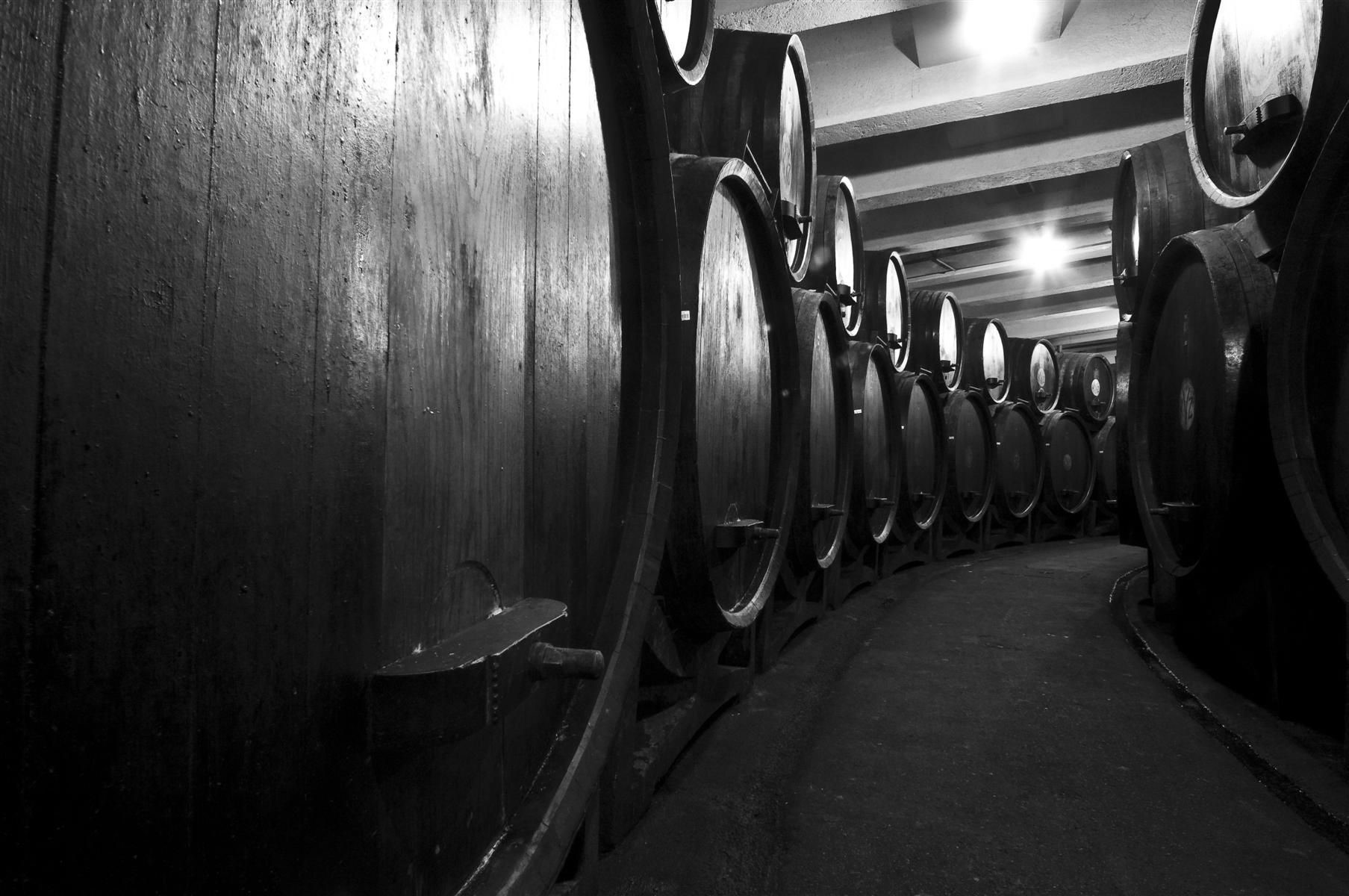
1990
Agroind Vipava
In the whirlwind of economic changes, the company Agroind was founded in the late 1980s. which transformed into a joint-stock company a decade later.


2017
New Chapter with Austrian Ownership
Since 2017, with winemaker Hannes Sabathi and the Blaschitz family taking the reins, a new chapter in this exciting wine story is being written, together with a strong Slovenian team of associates.
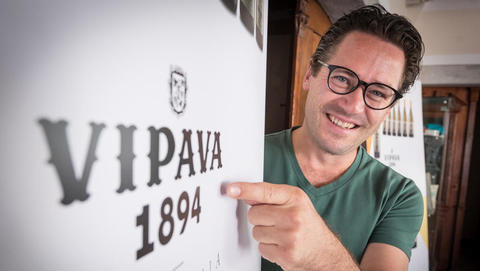
mojstri svojega poklica
N a š a e n o l o g a
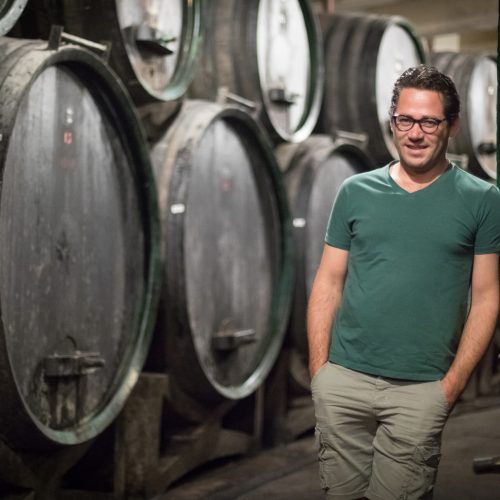
Hannes Sabathi
Enolog
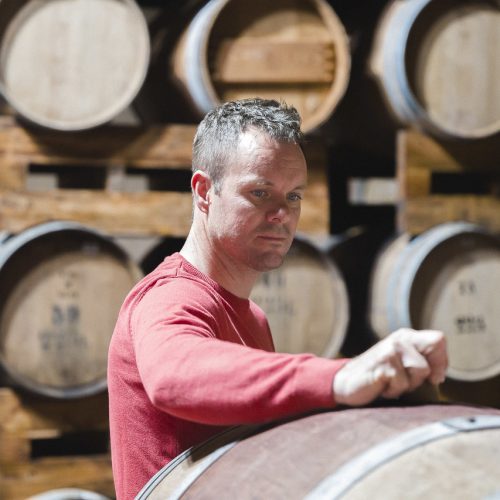
Rok Furlan
Enolog



